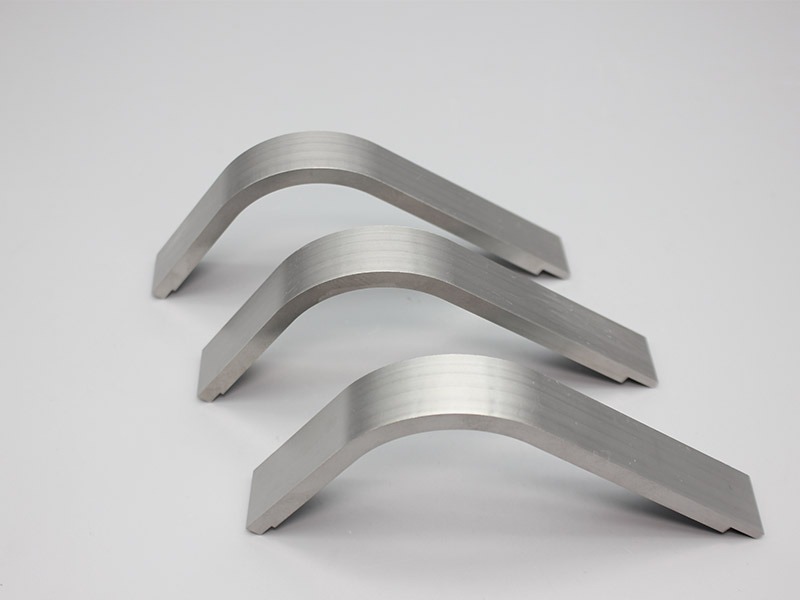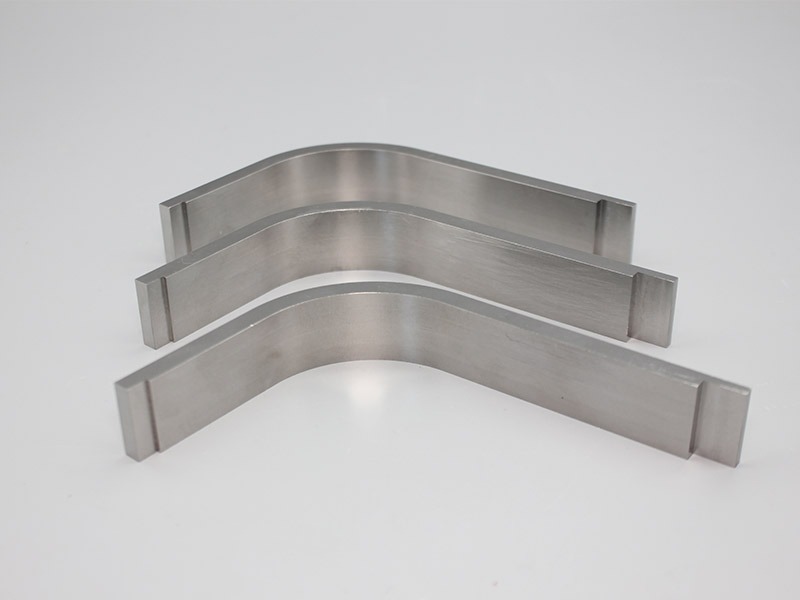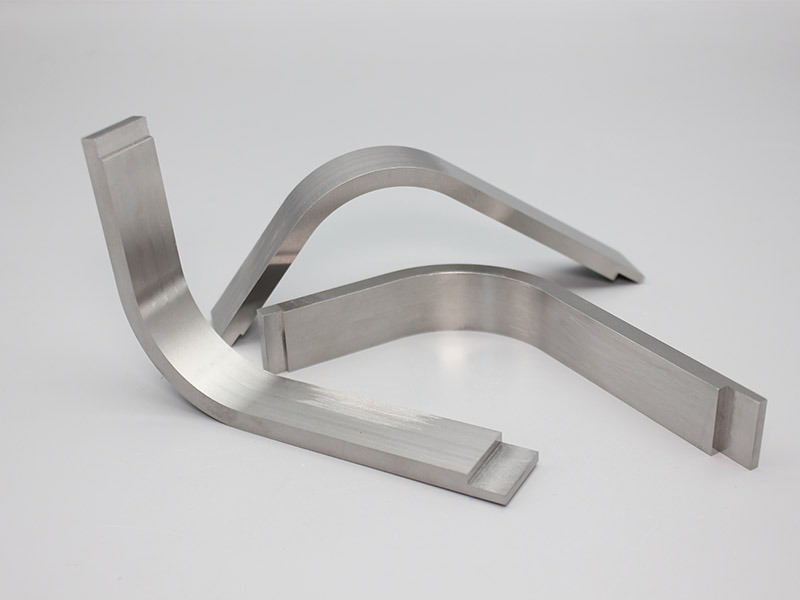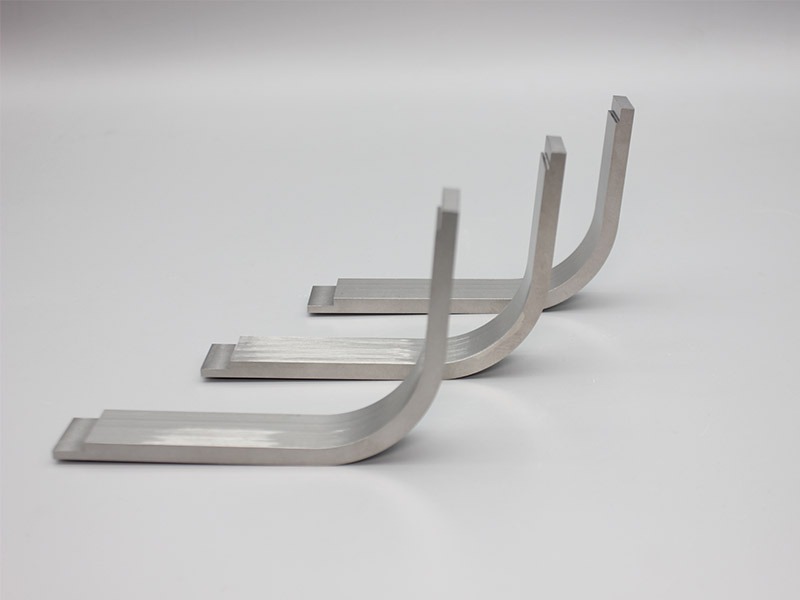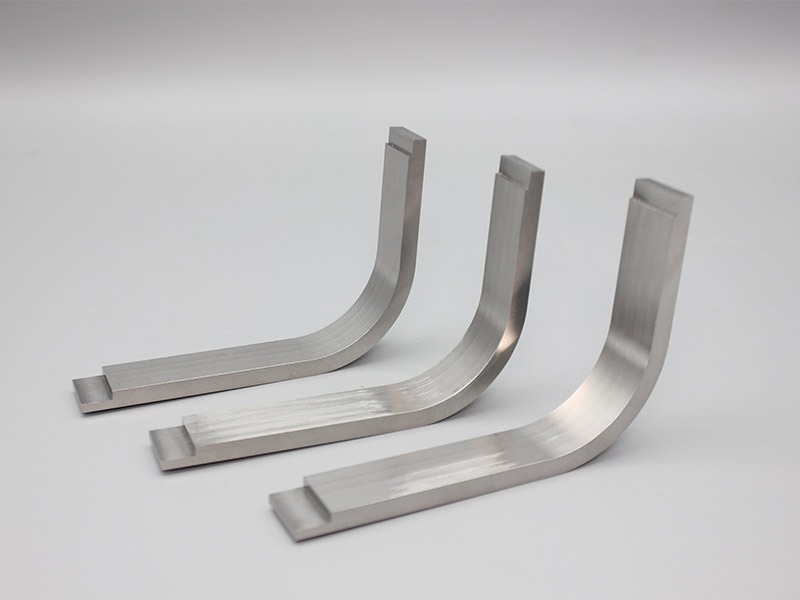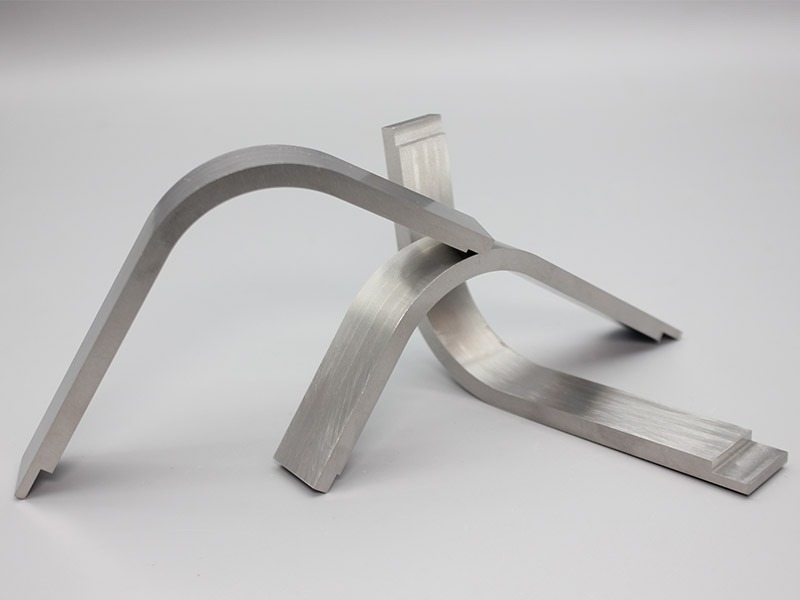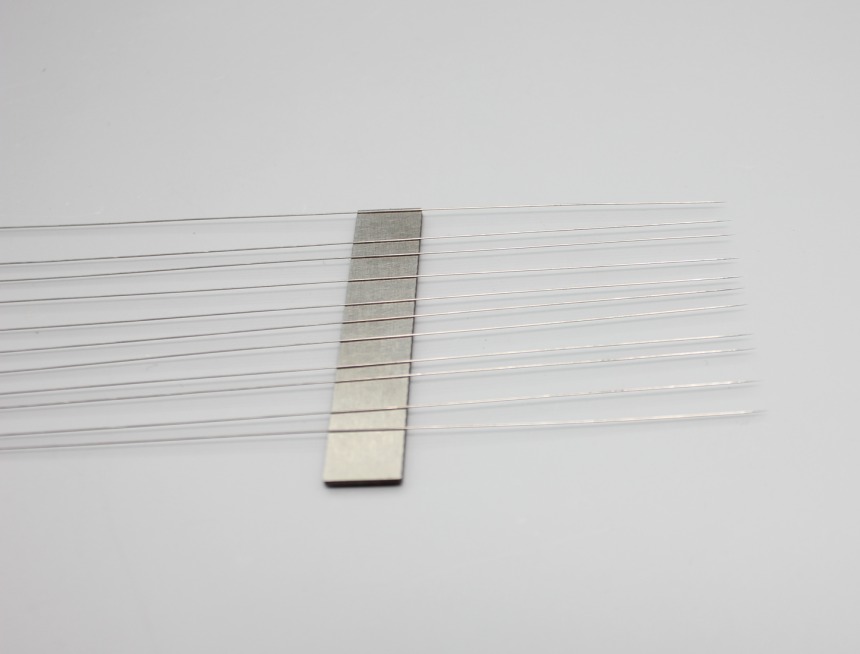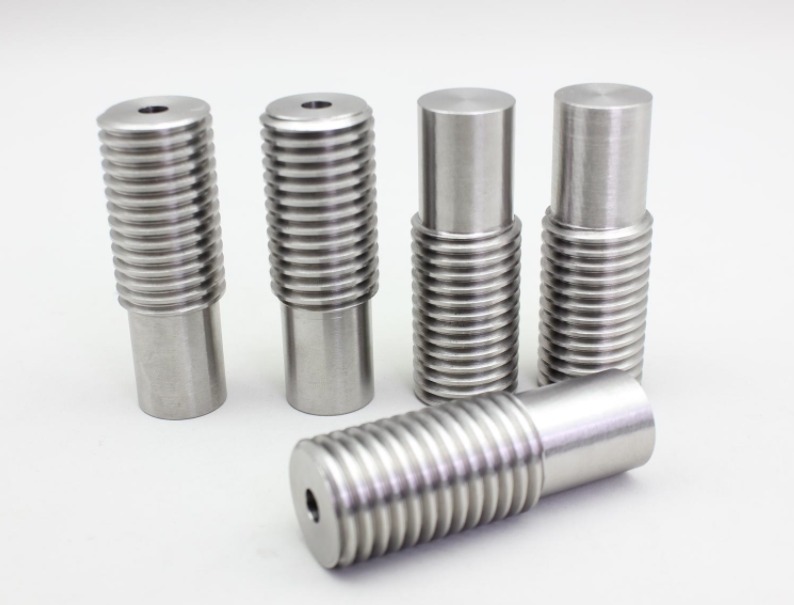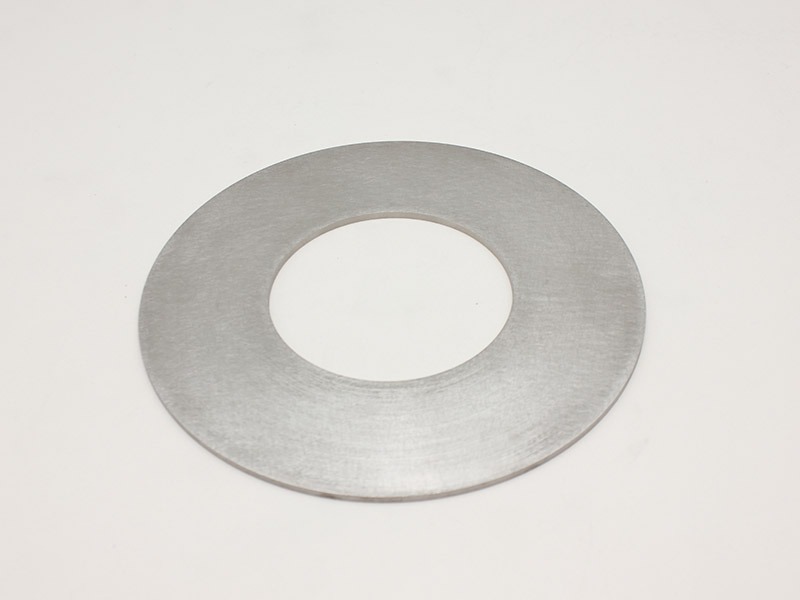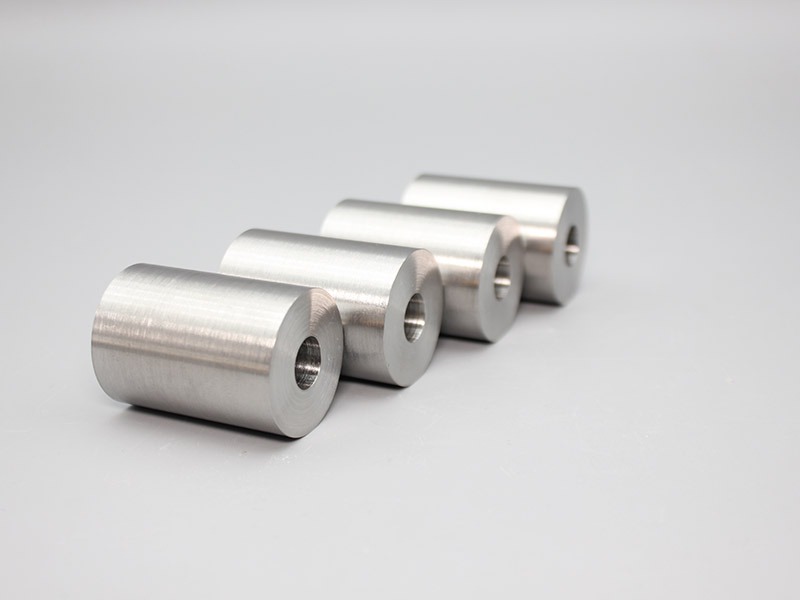Tungsten Alloys Arching Angle manufacturer
| Payment Type: | T/T |
| Incoterm: | FOB,CIF,EXW,Express Delivery,FCA |
| Min. Order: |
50 Piece/Piece |
| Transportation: | Ocean,Air,Express |
Attributes
Model No.: JDTG-CM-001
Brand: ZZJD
Place Of Origin: China
Size: 106mm*105°
Material: WNiCu
Surface: Polished
PACKAGING & DELIVERY
Selling Units : Kilogram
Package Type : Standard export packing
DESCRIPTION
Tungsten Alloys are commonly used in electrical contacts due to their high melting point, good electrical conductivity, and resistance to corrosion. The arcing angle is the angle at which the electrical arc is formed between the contact surfaces during switching operations.
Tungsten Alloys Arcing Angle is a high-performance material used in specific industrial applications. Here are some of its performance advantages:
-
High Density: Tungsten alloys have a very high density, making them useful in applications where high weight-to-volume ratios are required, such as in aerospace and military sectors.
-
High Strength: They exhibit exceptional strength, capable of withstanding significant stress and impact, ideal for manufacturing components that must endure extreme conditions.
-
Good Electrical Conductivity: Tungsten alloys have good electrical conductivity, making them suitable for electrical and electronic applications like electrodes and contacts.
-
High Temperature Resistance: They can maintain their properties at extremely high temperatures, making them appropriate for high-temperature environments such as rocket engines and furnaces.
-
Corrosion Resistance: Tungsten alloys are resistant to most acids, bases, and salts, making them useful in chemical industries and marine engineering.
-
Wear Resistance: They have excellent wear resistance, making them ideal for manufacturing components that require high durability, such as cutting tools and wear plates.
-
Machinability: Despite their high hardness, tungsten alloys can still be machined using specific processing techniques, allowing for the creation of complex-shaped components.
-
Environmental Stability: They maintain their properties in most environments, making them suitable for outdoor and harsh conditions.
-
Recyclability: Tungsten alloys can be recycled, contributing to reduced resource waste and environmental pollution.
-
Radiation Shielding: Due to their high density, tungsten alloys also offer good radiation shielding properties, making them useful in nuclear industries and medical equipment.
These performance advantages make tungsten alloy arcing angles an ideal material choice for many high-tech and demanding applications.
Tungsten Heavy Alloys generally are refractory metal, which have two-phase composites consisting of W-Ni- Fe or W-Ni- Cu or even W-Ni-Cu-Fe, some Tungsten Alloy is added with Co、 Mo、Cr, etc. They have very high melting point and have a density twice that of steel and are more than 50% heavier than lead. Tungsten content in conventional heavy alloys varies from 90 to 98 weight percent and is the reason for their high density (between 16.5 and 18.75 g/m3). Nickel, iron and copper serve as a binder matrix, which holds the brittle tungsten grains together and which makes the alloys ductile and easy to machine. Nickel-iron is the most popular additive, in a ratio of 7Ni:3Fe or 8Ni:2Fe (weight ratio). The conventional processing route for Tungsten Heavy alloys includes mixing the desired amount of elemental powders, followed by cold pressing and liquid phase sintering to demanded density. The matrix alloy melts and takes some tungsten into solution during liquid phase processing, resulting in a microstructure through which large tungsten grains (20–60µm) are dispersed in the matrix alloy. The as-sintered material often is subjected to thermo mechanical processing by swaging and aging, which results in increased strength and hardness in the heavy alloys.
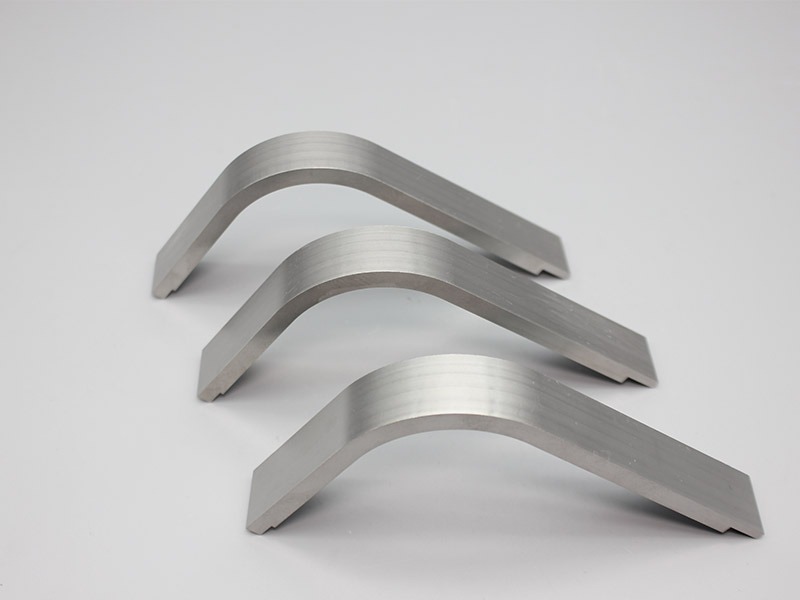

 EN
EN AR
AR FR
FR DE
DE HI
HI IT
IT JA
JA KO
KO PT
PT RU
RU ES
ES ID
ID LV
LV VI
VI HU
HU MS
MS GA
GA BE
BE YI
YI EU
EU